First Drive: Mercedes-Benz E-Class Estate
Impressive refinement from the new diesels and great to drive, reckons John Kendall.
- Mercedes-Benz E-Class Estate
- Mercedes-Benz E-Class Estate
- Mercedes-Benz E-Class Estate
- Mercedes-Benz E-Class Estate
- Mercedes-Benz E-Class Estate
- Mercedes-Benz E-Class Estate
SECTOR Premium Estate PRICE From €48,665 approx FUEL 4.2–8.4l/100km CO2 109–192g/km
As day follows night, Mercedes-Benz was certain to follow up the impressive new E-Class saloon with an estate car variant, a model that has proved very popular since the E-Class first appeared in the 1990s. The model is obviously based on the E-Class saloon sharing many of the drivetrain options, but there are also features designed specifically for the estate version.
These include the ‘cargo’ position for the rear seat backrest. This enables the rear seat backrests to be set 10 degrees further to the vertical increasing the boot space from 640 litres to 670 litres. Seats down, the available space can be extended to 1,820 litres. Seats up, Mercedes-Benz claims that rear seat head and elbow room are the best in class. The rear seat is split 40:20:40, giving more options for sharing the space between passengers and loads, but making the centre seating position a bit narrower than the outer two.
Later this year, Mercedes-Benz will re-introduce a rear-facing folding bench seat for two children set in the boot floor. It was a feature of earlier E-Class estates, offering seven-seat flexibility for families.
The E-Class estate gets a high performance variant in the shape of the AMG E 43 4MATIC version from Q4 2016. This is not likely to be a major choice for fleets but the V6 bi-turbo petrol engine produces 401hp with 192g/km of CO2. The petrol engine line-up starts with the 184hp E 200 and includes the 211hp E 250, both based on the same 2.0-litre four-cylinder petrol engine and both emitting 138g/km of CO2 on the EU combined cycle. There’s also a 333hp 3.5-litre petrol V6 for the E400 4MATIC model (180g/km CO2).
Inevitably the lowest CO2 emissions come from the diesel range and the core of these models will be the new four-cylinder 2.0-litre diesel engines. The entry-level diesel is the 150hp E 200 d with the more powerful 194hp E 220 d. Both emit 109g/km CO2 and offer 4.2l/100km combined. Topping off the diesel range is what must be regarded as a stopgap model, the 258hp 350 d powered by Mercedes’ 3.0-litre V6 engine. The new four-cylinder diesels are the first of a new family of engines and the V6 will be replaced in time by new in-line six-cylinder diesels.
Standard equipment includes self-levelling rear air suspension, with all-round air-suspension on the options list. All E-Class estates will be equipped with Mercedes own 9G-Tronic nine-speed automatic transmission as standard. Overall, the E-Class estates weigh around 100kg more than the saloons.
Mercedes has used a neat visual trick to make the estate look modern and sporty by including a sloping side window line at the rear, while keeping the roof-line long to maximise interior space. It works for both design and practicality. Inside, the estate will be familiar for anyone already familiar with the saloon, with the same dashboard, instruments and controls. I was pleased to see that the foot-operated parking brake has gone, replaced by an electrically operated system.
The jewel in the crown is the new four-cylinder diesel, which is one of the smoothest and most refined I have driven. I drove the V6 E 350 d, followed by the E 220 d and once the car is on the road, it is very difficult to tell the two apart from the driving seat, making the 194hp E 220 d a particularly attractive fleet option, with high power, low emissions and excellent refinement.
The E-Class offers spacious five-seat accommodation, not as much as the Skoda Superb, for instance, but the finish, refinement and driving excellence offered by the latest E-Class estate make it one of the most desirable premium estate cars available.
What we think
The E-Class estate offers an impressive blend of comfort, refinement, accommodation, practicality and driving pleasure. It’s a premium estate car to desire.


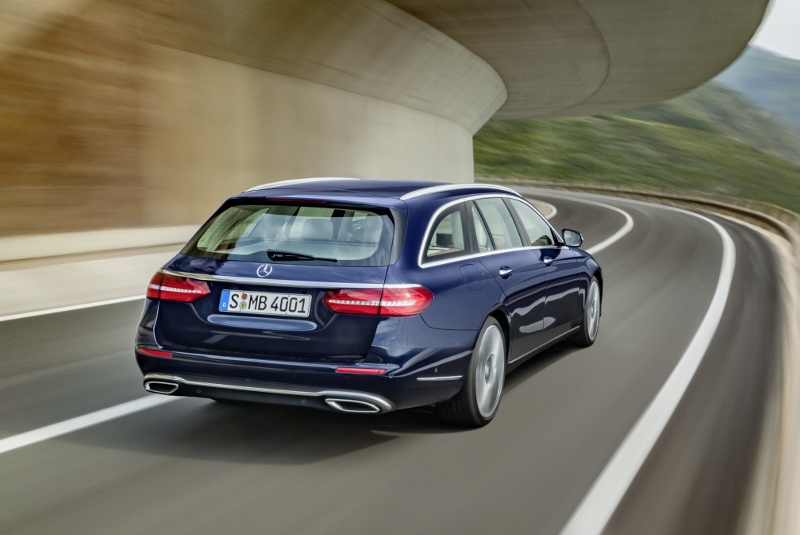
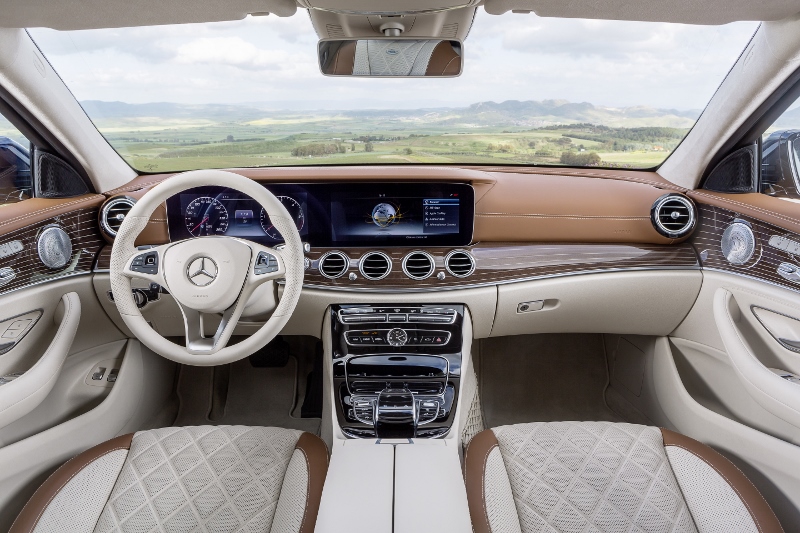
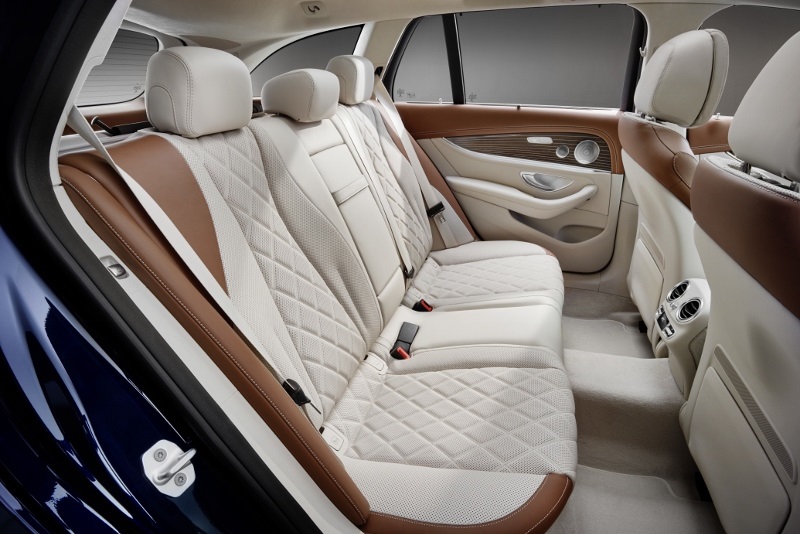
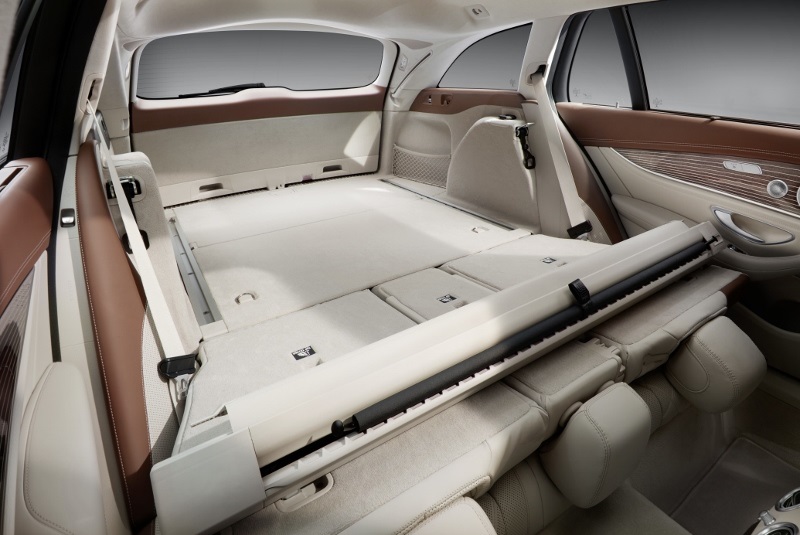
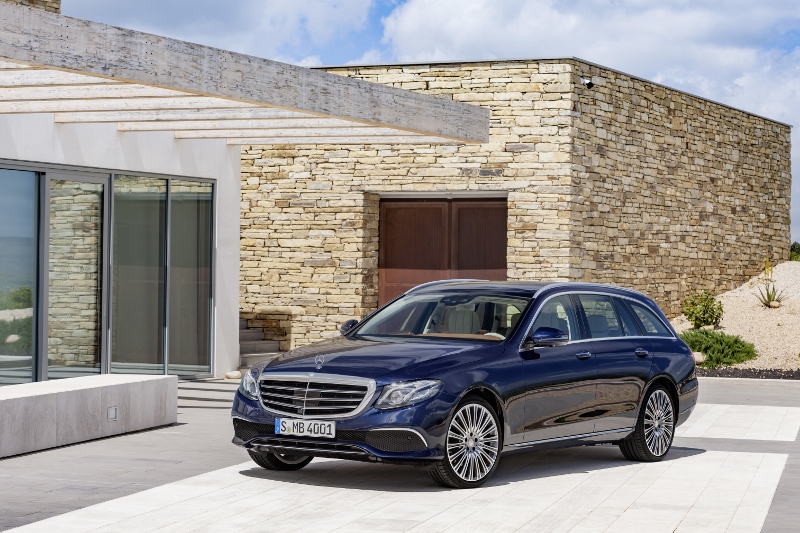

Leave a comment